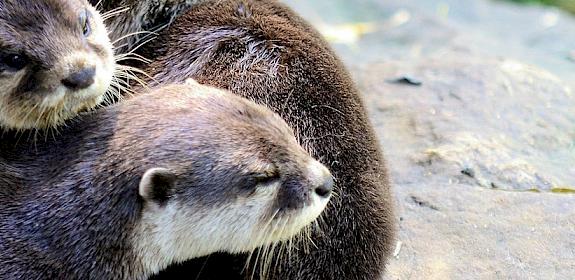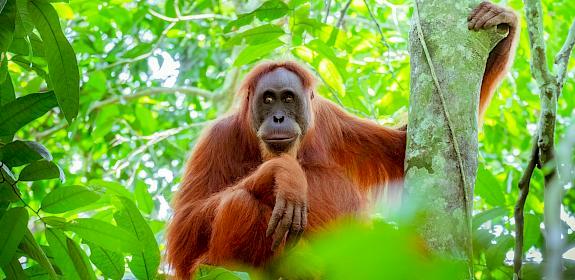Notes:
1. The Elephant Trade Information System (ETIS) is one of the two formal monitoring systems for elephants under CITES, and holds more than 13,500 records of elephant product seizures that have occurred anywhere in the world since 1989. In the last analysis of the ETIS data, Thailand ranked with China, Cameroon, the Democratic Republic of the Congo, and Nigeria as the five nations most heavily implicated in the illicit trade in ivory globally.
2. The internal trade in Thai and foreign wild elephants and their products is illegal according to the Wild Animal Reservation and Protection Act (WARPA) of 1992. Wild elephants are classified as protected animals. WARPA, along with the Wild Elephant Protection Act of 1921, prohibit the killing of wild elephants or their capture without official permission from the government. Domestic Thai elephants, however, are subject to the archaic Draught Animal Act of 1939, which continues to allow trade in domesticated elephants as well as the possession and/or sale of ivory derived from such animals. These loopholes are routinely exploited to prevent meaningful law enforcement actions from transpiring within Thailand.






